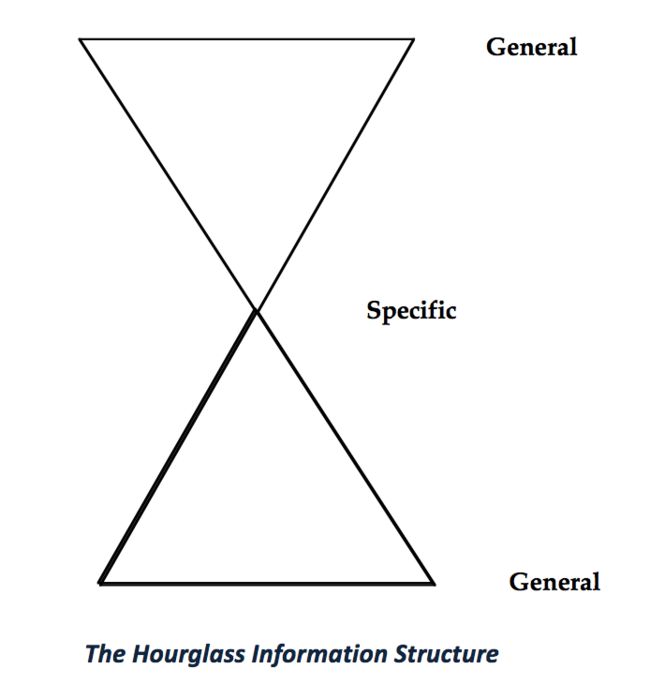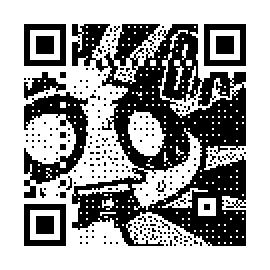How to Read a Book是一篇很短文,作者是Paul N. Edwards,a Professor in the School of Information (SI) and the Dept. of History at theUniversity of Michigan.
这是一篇从标题就可以看出是讲如何阅读的短文,相比于那本十分经典的《如何阅读一本书》,我认为这一篇更加优质。
因为更短,而且具有操作性。
以下是简单的笔记:
Read the whole thing
整体的论点和论据比细节更重要,先抓住框架。
Decide how much time you will spend
设置时间让你更轻松安排自己的节奏,同时deadline让你更有目标性,效率也会更高。
作者的建议是
Never start to read without planning when to stop.
Have a purpose and a strategy
why和how很重要。
开始阅读时,需要不断提出的问题是:
• Who is the author?
• What are the book’s arguments?
• What is the evidence that supports these?
• What are the book’s conclusions?
在了解以上的基础上:
• What are the weaknesses of these arguments,evidence, and conclusions?
• What do you think about the arguments, evidence, and conclusions?
• How does (or how could) the author respond to these weaknesses, and to your own criticisms?
读完后,你应该可以回答以上的所有问题,以下的方法可以帮助你更好地思考:
a) Imagine that you’re going to review the book for a magazine.
b) Imagine that you’re having a conversation, or a formal debate, with the author.
c) Imagine an examination on the book. What would the questions be, and how would you answer them?
Read actively
从最开始时就不断提出假设和问题。
constantly generate hypotheses (“the main point of the book is that...”) and questions (“How does the author know that...?”) about the book.
并且用简要的笔记验证假设,回答问题。
Read it three times
这是最核心的技巧
a) Overview: discovery (5-10 percent of total time)
b) Detail: understanding (70-80 percent of total time)
c) Notes: recall and note-taking (10-20 percent of total time)
核心是通过粗读做标记,以及最后通过自己的语言来记笔记。
Focus on parts with high information content
每本non-fiction的书都是由沙漏结构重复构成的。
一般来说在以下几个地方,信息量最高:
• the book or article as a whole (abstract, introduction, conclusion)
• each chapter
• each section within a chapter
• each paragraph
Use PTML (personal text markup language)
核心是:
用自己的语言,且不要记太多。笔记的目的是让自己记忆,且在需要的时候再在书里找到资料。
Know the author(s) and organizations
不同的作者有不同的教育背景、工作、居住地、偏见、立场以及生活经验等。了解这些会让你更好地理解书中的论点、论据和结论。
Know the intellectual context
一本书或者一篇文章,往往是为了回应某些问题。
“Conventional wisdom holds that x, but I argue instead that y.” (Is x really conventional wisdom? Among what group of people?) “Famous Jane Scholar says that x, but I will show that y.” (Who’s Famous Jane, and why do other people believe her? How plausible are x and y? Is the author straining to find something original to say, or has s/he genuinely convinced you that Famous Jane is wrong?)
Use your unconscious mind
一个3小时的阅读,不如3个1小时的阅读。合理安排时间,在间隔中让潜意识来思考与理解。
Rehearse,and use multiple modes
通过不同的方式去练习,直到让书里的知识融入自己的知识体系。方法有:演说、使用、写作、图像化等。
最后一点,不断坚持。这个技能至少需要几个月的练习才能熟练与自然。
以上。
感谢您的阅读,让我们共同发现更大的世界。
这里也可以找到我:
博客: http://www.jianshu.com/users/76f0ff16e287
博客(旧): http://blog.sina.com.cn/sheepme
知乎、新浪微博: @Danco
微信: OutmanSay
试试扫码关注我吧:
如果觉得我写得不错,可以识别以下二维码给我打赏噢,建议打赏金额:2元,5元,10元人民币。


